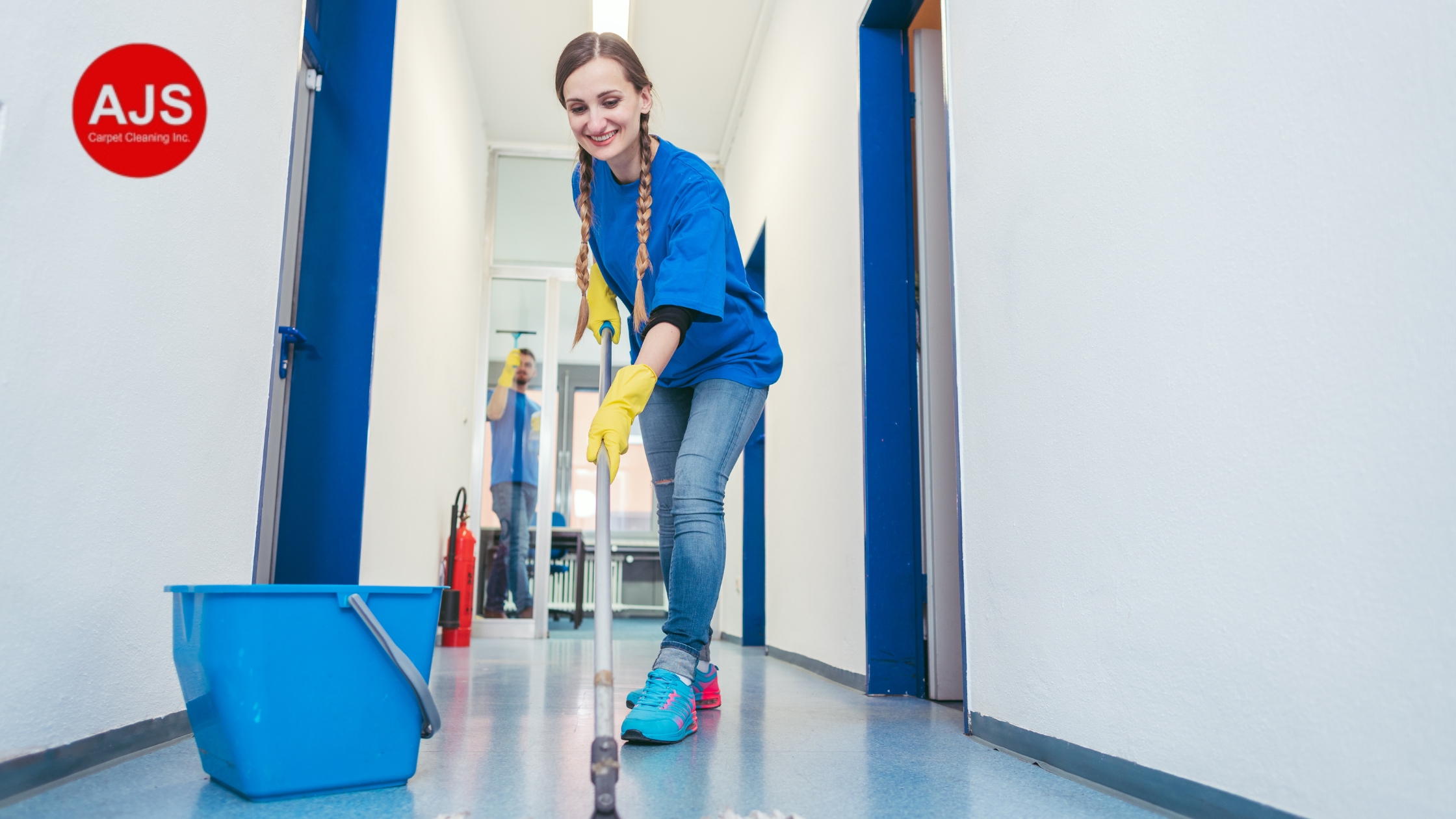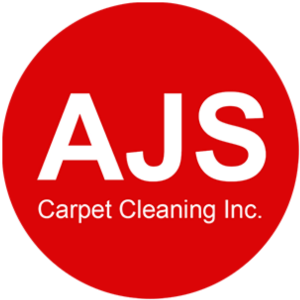How Seasonal Changes Impacts Carpet Lifespan in Commercial Buildings

Ever entered an office and immediately noticed the state of the carpet?
It tells us a lot more than we realize. A clean, well-maintained carpet makes the entire facility feel fresher and more professional. But a worn one? It sends the wrong message—even if everything else is immaculate.
Most attribute wear and tear to foot traffic. And yes, that’s part of the reason. But there’s another culprit steadily doing just as much damage: the weather.
Seasonal changes literally have a hand in how carpets wear, particularly in highly trafficked commercial buildings. Whether it’s the water in the air, the mud on boots, or the salt brought in over winter, every season puts its stamp.
Let’s take a step through how this occurs—and what you can do to prevent your carpet from aging prematurely.
Spring – Fresh Air, but Not for Your Floors
Spring usually feels like a reset button. The windows are open, people are moving more, and everything feels lighter. But that change comes with some not-so-obvious issues.
- Pollen and dust are ubiquitous—and don’t stay outside.
- Rainy days equate to wet shoes and muddy footprints.
- Staff traffic becomes higher during the spring season, meaning greater congestion.
You may not notice the damage immediately, but those wet patches and pollen grains settle quickly. If they are not quickly cleaned out, they penetrate into the fibres and remain there.
This is where Commercial Building Carpet Cleaning becomes a seasonal necessity. It serves to rejuvenate the carpet before the spring dirt has a chance to make itself at home.
Summer – Heat, Humidity, and More Spills Than You’d Anticipate
You’d expect summer to be kinder to floors. But not always so. Summer, as it happens, has its own problems—most of them invisible.
- Carpets soak up water from humid air, particularly when ventilation is poor.
- Drinks—iced coffee, juice, water—cause more spills.
- Office routines slacken during vacations, and hence cleaning routines.
What happens if a stain is left for two weeks while the other half of the team is on vacation? It sets in.
That’s when Commercial Carpet Spot Cleaning is your best option. Addressing little problems early on prevents them from becoming big ones.
Autumn – Dusty, Dry, and Static-Prone
Fall is crisp and clean, but indoor carpets have other ideas.
- Leaves and dirt creep in on everyone’s feet.
- Dust levels peak, particularly with dry winds circulating about.
- Carpet fibres become brittle, and static electricity accumulates.
Ever walked across a room and experienced a mild shock? That shock of static is more than a nuisance—it weakens the material over time.
This is where routine Commercial Space Cleaning is important. Removing dust and dirt from the surface ensures it does not wear deeper into the carpet and erode it.
Winter – Salt and Slush Do Serious Damage
There is no season more severe on carpets than winter. It’s not only the dripping footprints—it’s what accompanies them.
- Sidewalk salt behaves like sandpaper, wearing away fibres slowly.
- Melt snow seeps in and produces water stains or worse—mould.
- Mud tracks in every day, and if it dries before being cleaned, it settles deep.
By February, most office carpets are unrecognizable from the way they looked in November. Dull. Faded. Stained. And usually smelling a bit… off.
That’s when you regret not having booked Commercial Building Carpet Cleaning sooner. A mid-winter or end-of-season deep clean can undo most of the surface damage—and prolong the life of your flooring.
A Year-Round Cleaning Plan That Works
You don’t have to go overboard. But having a plan—and following it—can pay off big in the long term.
Here’s what really works in most commercial buildings:
- Have your carpets professionally cleaned at least twice a year. Once before winter, once afterward.
- Use Commercial Carpet Spot Cleaning to take care of little spills before they become big eyesores.
- Set down entry mats to filter out dirt and moisture tracked in.
- Don’t skip Commercial Space Cleaning. It’s boring, but it’s doing the dirty work between deep cleans.
- Get your team to mark spills or strange wear—your team will spot things before they get out of hand.
The more regular you are, the less your carpet suffers in the long run.
Why Waiting Costs More Than Cleaning
We’ve all seen it: the office or store where the carpet is so worn it’s almost embarrassing. And what’s the solution? Usually, ripping it up and replacing it—at a high cost.
But here’s the thing. Most carpets don’t fail because of age.
They fail because no one kept up with the damage that builds, season after season.
Cleaning isn’t all about looks—it’s about safeguarding an investment. The longer dirt, salt, or moisture stay in, the more difficult they are to take out. Eventually, it simply doesn’t come out.
You don’t have to wait until your carpet “looks” dirty.
By the time it does, the real damage is already done beneath.
Last Words
Your carpet may not be on your mind every day, but quietly, it bears the brunt of everything that goes down in your building. Every step, every spill, every weather change—it all accumulates.
But here’s the silver lining: with the proper cleaning routine, most of that harm can be avoided.
Commercial Building Carpet Cleaning isn’t a luxury. It’s intelligent maintenance. When combined with routine Commercial Carpet Spot Cleaning and regular Commercial Space Cleaning, it keeps your floors in good condition, your space in tip-top shape, and your replacement costs minimized.
So the next time the weather changes, ask yourself:
Is your carpet prepared?
If the answer is no, perhaps it’s time to give it the TLC it requires—before the next season leaves its imprint.
